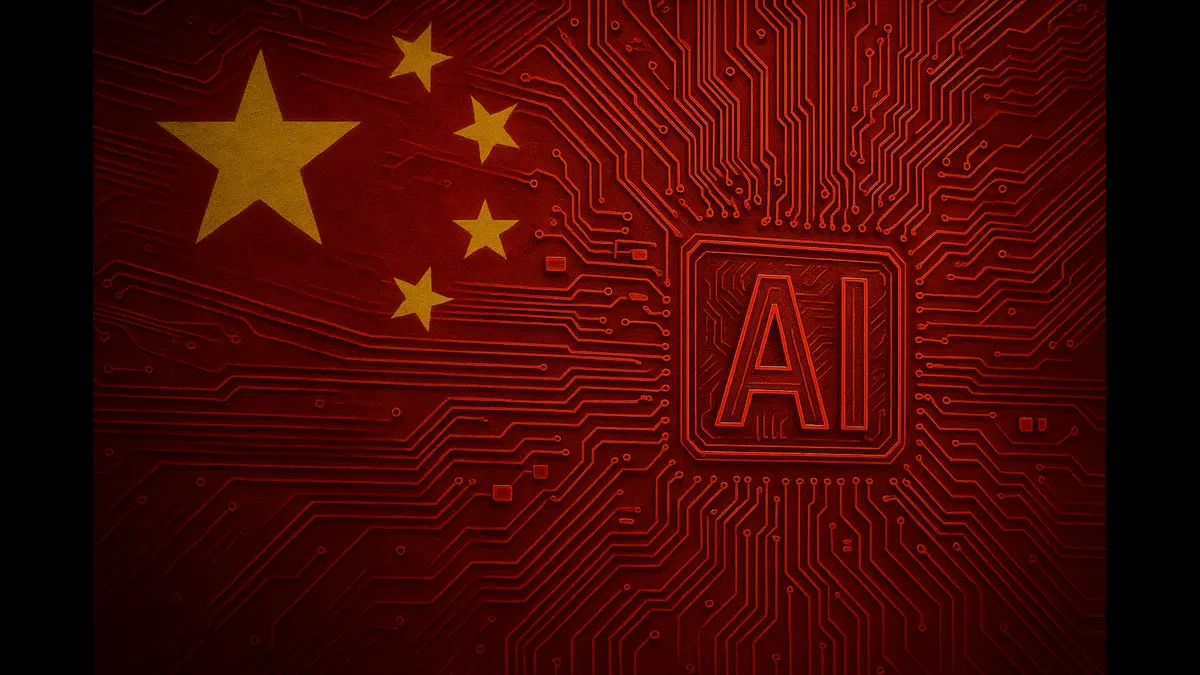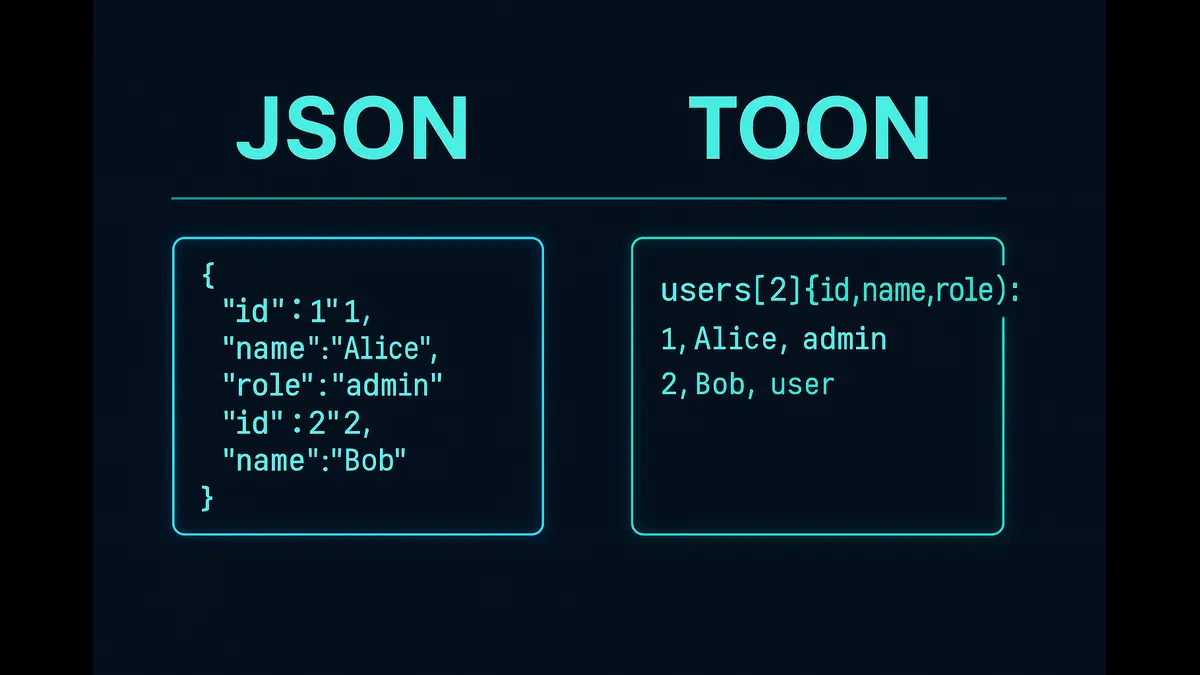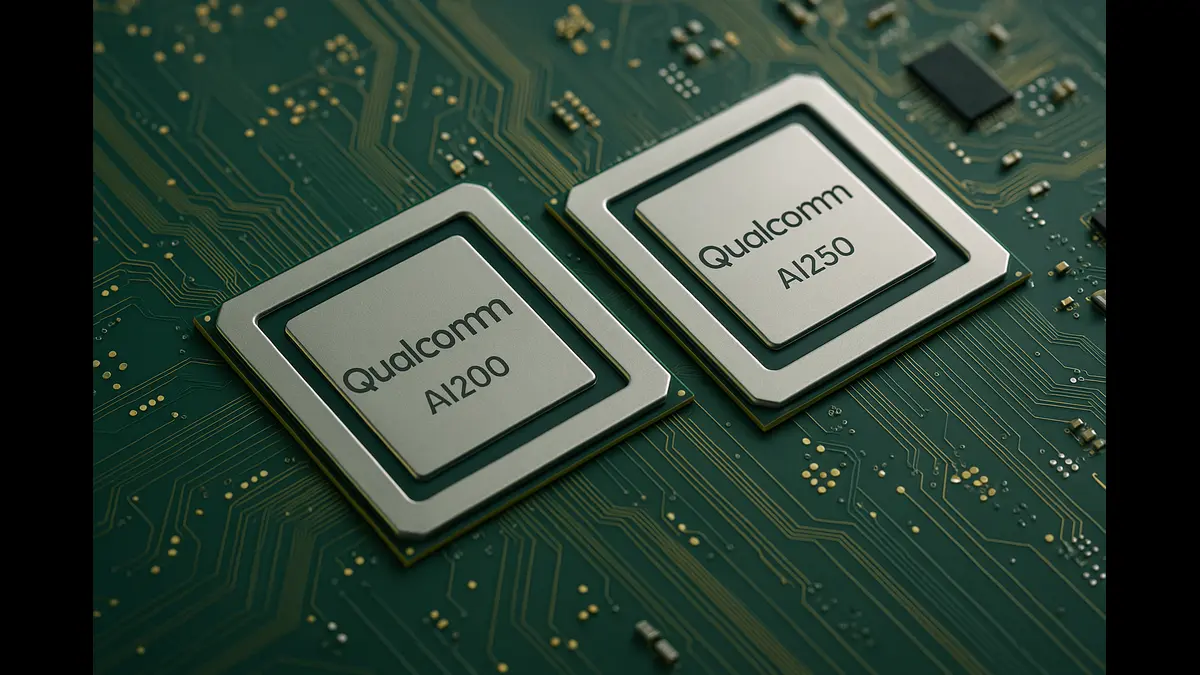
China’s new regulatory guidance i.e. steering firms away from Nvidia’s H20 chips signals a drive for security and AI chip self-reliance, potentially cutting Nvidia’s market share while boosting domestic players like Huawei, with broad global supply chain implications.
In today’s global technology sector, where innovation directly influences economic growth and operational strategies, decisions in corporate and policy circles can have significant downstream effects. Engineers in Chinese AI firms designing next-generation systems and manufacturing teams in Taiwan producing high-performance chips operate within a competitive environment that is shaped by U.S.-China dynamics. Recent regulatory guidance from Chinese authorities advising firms to avoid Nvidia’s H20 processors reflects a combination of security considerations and a strategic focus on strengthening domestic technology capabilities.
This development isn’t just about hardware; it’s about economic and technological sovereignty, and the future of artificial intelligence. As of August 12, 2025, reports indicate that China has issued notices to local firms, particularly those involved in government or national security work, discouraging the use of these American-made chips. This move comes amid ongoing trade frictions, where policies on both sides aim to safeguard national interests while navigating the complexities of an interconnected global market. By examining the facts surrounding this shift, we can better understand its implications for businesses, consumers, and the broader tech landscape.
Recent Regulatory Guidance: A Shift Toward Caution
Over the past few weeks, Chinese regulators have quietly circulated guidance to state-owned enterprises and private companies, advising against incorporating Nvidia’s H20 chips into projects tied to government functions or sensitive sectors. These notices, as reported by multiple sources, include pointed questions: Why opt for foreign technology when domestic options exist? Have potential security vulnerabilities been assessed? This approach mirrors past restrictions China has placed on other U.S. products, such as limiting Tesla vehicles or Apple iPhones in certain institutions due to similar worries.
The focus on the H20 is notable because it’s a chip designed specifically to comply with U.S. export restrictions, offering reduced performance compared to Nvidia’s flagship models. Yet, despite its limitations, the H20 has found a niche in AI inference tasks—processes where trained models analyze data to draw conclusions—thanks to its substantial memory bandwidth. Companies like Alibaba and Tencent have shown interest, stepping in where local suppliers like Huawei face production challenges.
This guidance isn’t a blanket ban but a targeted discouragement, emphasizing the need for evidence-based choices that prioritize national security and self-sufficiency. It’s a reminder that in an era where data is king, the tools handling it must be beyond reproach.
Security & Self-Reliance — The Dual Lens
While the recent regulatory guidance is framed as cautionary, it reflects two intertwined drivers: security and strategic independence. On one hand, there’s a deep concern that foreign-made chips, even when compliant with export rules, might carry hidden tracking or disabling features — an allegation Nvidia rejects outright. On the other, there’s the broader ambition of cultivating domestic capability so China isn’t beholden to external supply chains. This dual lens transforms every procurement decision into both a technical and geopolitical calculation.
The Broader U.S.-China Trade Context
To grasp the full picture, we must look back at the evolving U.S. export policies under the Trump administration. In April 2025, the White House imposed restrictions on advanced AI chips, including the H20, to prevent technology from bolstering China’s military or surveillance capabilities. This move echoed earlier Biden-era controls, which aimed to curb the flow of high-end semiconductors amid fears of their use in supercomputing or AI training.
However, by July 2025, the policy shifted. Nvidia and rival AMD secured export licenses in exchange for remitting 15% of their China-derived revenues to the U.S. government—a novel arrangement described by officials as a way to fund domestic tech advancements while maintaining oversight. Estimates suggest Nvidia’s H20 sales in China could reach $23 billion in 2025, potentially yielding $3.45 billion for the U.S. Treasury. Trump himself confirmed this deal, noting he initially sought a 20% cut but settled on 15%.
China, however, has publicly denied that these shipments were part of any bilateral agreement, viewing the reversal as unilateral. This disconnect underscores the fragile nature of tech diplomacy, where economic incentives clash with strategic priorities.
Understanding the H20 Chip: Capabilities and Appeal
At the center of this debate is the H20 itself, a product of Nvidia’s efforts to balance compliance with market demands. Built on the Hopper architecture, it features 96GB of HBM3 memory—surpassing even some higher-end models in capacity—making it well-suited for handling large AI models during inference. While its computational power is capped to adhere to U.S. rules, this hasn’t diminished its utility for tasks like pattern recognition in data sets, which are crucial for applications in e-commerce, healthcare, and beyond.
Demand in China has been robust, with Nvidia reportedly ordering 300,000 units from TSMC to meet needs. This surge reflects broader AI ambitions in the country, where firms seek reliable hardware amid supply chain uncertainties. Yet, as Huawei ramps up production of alternatives like the Ascend 910C and 910D, the landscape is changing. These domestic chips, though facing efficiency and defect issues, represent a growing capability born from necessity.
H20 vs Huawei Ascend 910C/910D – At a Glance
| Specification | Nvidia H20 | Huawei Ascend 910C | Huawei Ascend 910D |
|---|---|---|---|
| Architecture | Hopper-based | Da Vinci 2.0 | Da Vinci 2.0 |
| Memory | 96GB HBM3 | 64GB HBM2e | 64GB HBM2e |
| Peak FP16 Performance | Restricted for export compliance | ~256 TFLOPS (domestic estimate) | ~280 TFLOPS (domestic estimate) |
| Primary Use Case | AI inference | AI training & inference | AI training & inference |
| Maturity | Mass production via TSMC | Early-stage production, lower yield | Prototype scale, limited rollout |
| Supply Reliability | Dependent on TSMC & export license | Domestic fab capacity, yield issues | Domestic fab capacity, yield issues |
China’s Dual Concerns: Security and Self-Reliance
Beijing’s regulatory guidance stems from two primary issues. First, security: Officials have expressed fears that Nvidia chips might contain hidden features for location tracking or remote disabling, allegations Nvidia has firmly rejected. State-affiliated media has gone further, labeling the H20 as outdated, environmentally unfriendly, and potentially vulnerable. Meanwhile, U.S. lawmakers are exploring similar tracking mechanisms to prevent smuggling, adding irony to the situation.
Second, fostering a homegrown industry: With U.S. controls accelerating local development, companies like Huawei are positioning themselves as viable substitutes. Huawei’s ecosystem has expanded significantly, with its developer base growing tenfold in recent years. This push aligns with China’s long-term goal of reducing dependency on foreign tech, ensuring that innovations benefit its economy and workforce.
Market Implications: Ripples Across the Semiconductor World
The regulatory guidance could significantly impact Nvidia and AMD by limiting their access to the world’s largest semiconductor market. Bernstein analysts project that Nvidia’s AI chip market share in China will drop from 66% in 2024 to around 54% in 2025 as domestic players gain ground (TipRanks – Bernstein note). In parallel, localization is expected to accelerate, with Chinese AI chip vendors’ share potentially rising from 17% in 2023 to 55% by 2027 (AINvest report). For Huawei and others, this presents an opportunity to scale, though manufacturing yield and efficiency challenges remain. If domestic suppliers resolve these within the next 18 months, foreign vendors’ share could fall below 50% by late 2026, marking a pivotal shift toward self-reliance in China’s AI hardware ecosystem. Integrating these projections into strategic planning will be essential for stakeholders — from semiconductor firms to investors — as they evaluate supply chain risks, competitive positioning, and long-term investment opportunities.
Globally, the semiconductor supply chain feels the strain. TSMC, a key manufacturer, must navigate orders amid geopolitical shifts, while investors watch stock fluctuations tied to these policies. The 15% revenue share deal, while providing short-term relief for U.S. firms, raises questions about long-term sustainability and whether it truly advances American interests.
On a human level, these dynamics affect livelihoods—from Silicon Valley designers to Shenzhen assemblers. As companies adapt, the emphasis on ethical sourcing and fair competition becomes paramount.
Balancing Innovation and Security Protocols
The story of China’s regulatory guidance on Nvidia’s H20 chips is more than a trade skirmish; it’s a chapter in the ongoing narrative of how nations pursue progress while protecting their citizens. By prioritizing domestic solutions, China is investing in its people and future, much like the U.S. seeks to bolster its own tech edge. Yet, true advancement often comes from collaboration, not isolation.
As we move forward, stakeholders must focus on transparent policies that foster innovation without undue hardship. In doing so, we ensure that technology serves humanity, bridging divides rather than widening them. The path ahead requires careful navigation, but with facts guiding the way, a more equitable global tech ecosystem is within reach.
This chapter in the Nvidia-China tech rivalry also underscores the accelerating push for China AI chip self-reliance and the strategic recalibration around H20 export restrictions — themes that will define the next wave of global AI competitiveness.
Discover more from Poniak Times
Subscribe to get the latest posts sent to your email.








